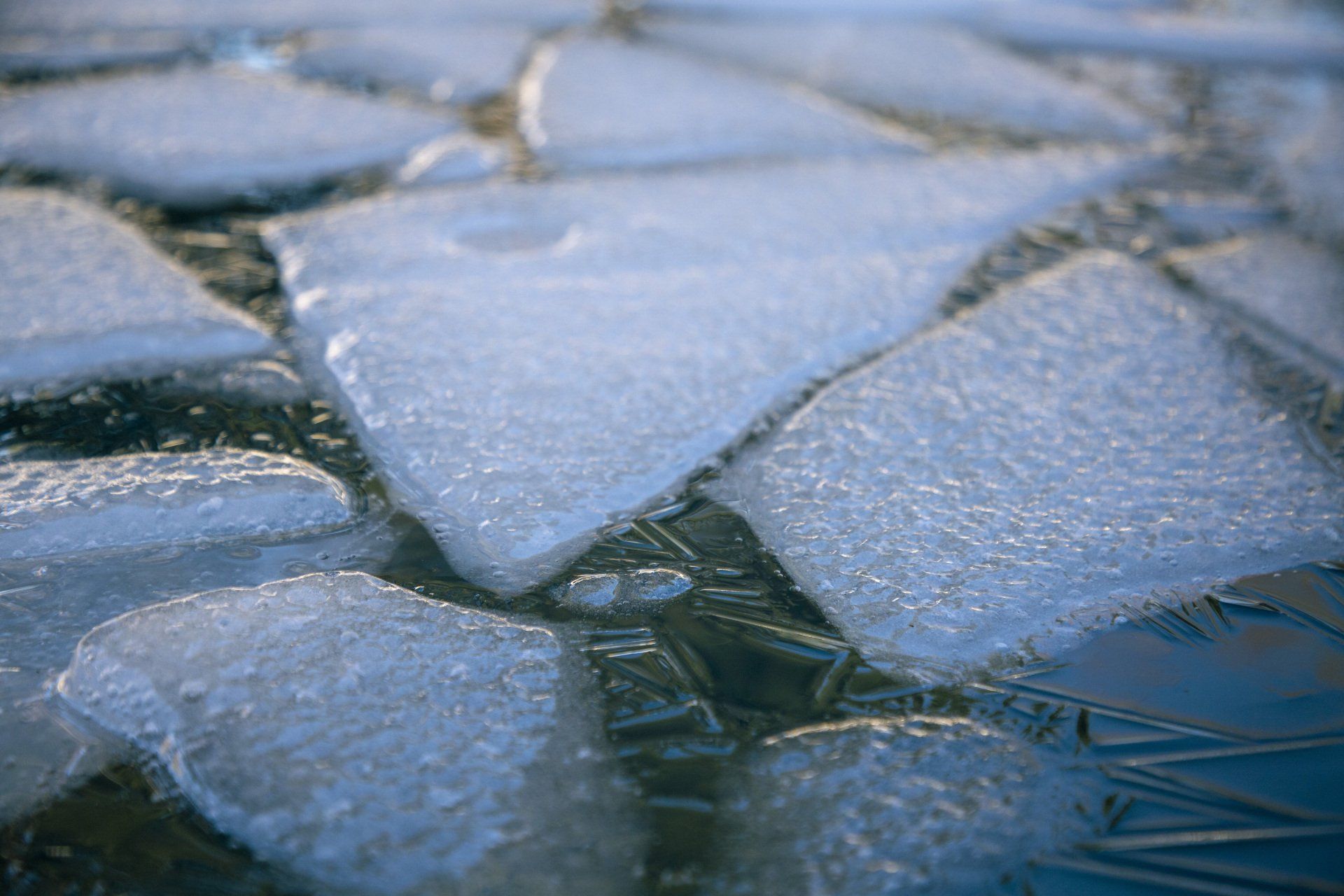The Impact of Climate Change on Roofing: Adapting for Extreme Weather
Introduction:
Hightop Roofers London understands that In recent years, the effects of climate change have become increasingly evident, bringing about shifts in weather patterns and posing new challenges for homeowners. One critical area affected by these changes is roofing systems. As extreme weather events become more frequent, adapting our roofs to withstand these conditions is essential. In this blog post, our roofers in London will explore the impact of climate change on roofing and provide valuable insights on how homeowners can adapt their roofs to better endure extreme weather conditions.
Understanding the Changing Climate:
Climate change has led to an increase in the frequency and intensity of extreme weather events, including heavy rainfall, storms, hurricanes, and prolonged periods of intense heat or cold. These changes can take a toll on roofing materials and structures, potentially leading to leaks, damage, and decreased longevity of the roof.
Effects on Roofing Materials:
- Increased Heat and UV Exposure:
- With rising temperatures, roofs are subjected to more prolonged periods of heat and increased UV radiation. This exposure can accelerate the aging process of roofing materials, leading to deterioration, cracks, and loss of efficiency.
- Intense Storms and Heavy Rainfall:
- Extreme weather events such as hurricanes and severe storms can result in heavy rainfall and high winds. Roofs must be able to withstand these forces to prevent leaks and structural damage.
Adapting Roofs for Extreme Weather:
- Choose Durable and Resilient Materials:
- Opt for roofing materials that are specifically designed to withstand the challenges posed by climate change. High-quality materials such as impact-resistant shingles, metal roofing, or synthetic materials can provide enhanced durability.
- Improve Insulation for Temperature Regulation:
- Enhance the insulation of your roof to regulate indoor temperatures more effectively. Adequate insulation not only contributes to energy efficiency but also helps protect the roof from temperature extremes.
- Invest in Proper Ventilation:
- Proper ventilation is crucial for preventing heat buildup in the attic, especially during hot periods. This reduces the risk of thermal damage to the roofing materials and extends the life of the roof.
- Regular Roof Inspections and Maintenance:
- Stay proactive by conducting regular roof inspections to identify and address potential issues promptly. This includes checking for loose shingles, damaged flashing, or any signs of wear and tear.
- Consider Green Roofing Solutions:
- Explore environmentally friendly roofing options, such as green roofs or cool roofs. These solutions can help mitigate the urban heat island effect, reduce energy consumption, and enhance the overall resilience of the roof.
Conclusion:
As climate change continues to impact our environment, it is crucial for homeowners to adapt their roofs to withstand extreme weather conditions. By choosing durable materials, improving insulation and ventilation, and investing in regular maintenance, homeowners can enhance the resilience of their roofs and ensure long-term protection for their homes. Embracing these strategies not only safeguards against the immediate threats posed by climate change but also contributes to sustainable and resilient communities in the face of an uncertain future.
Contact Hightop Roofers London for professional guidance and your free competitive quote
You might also like


